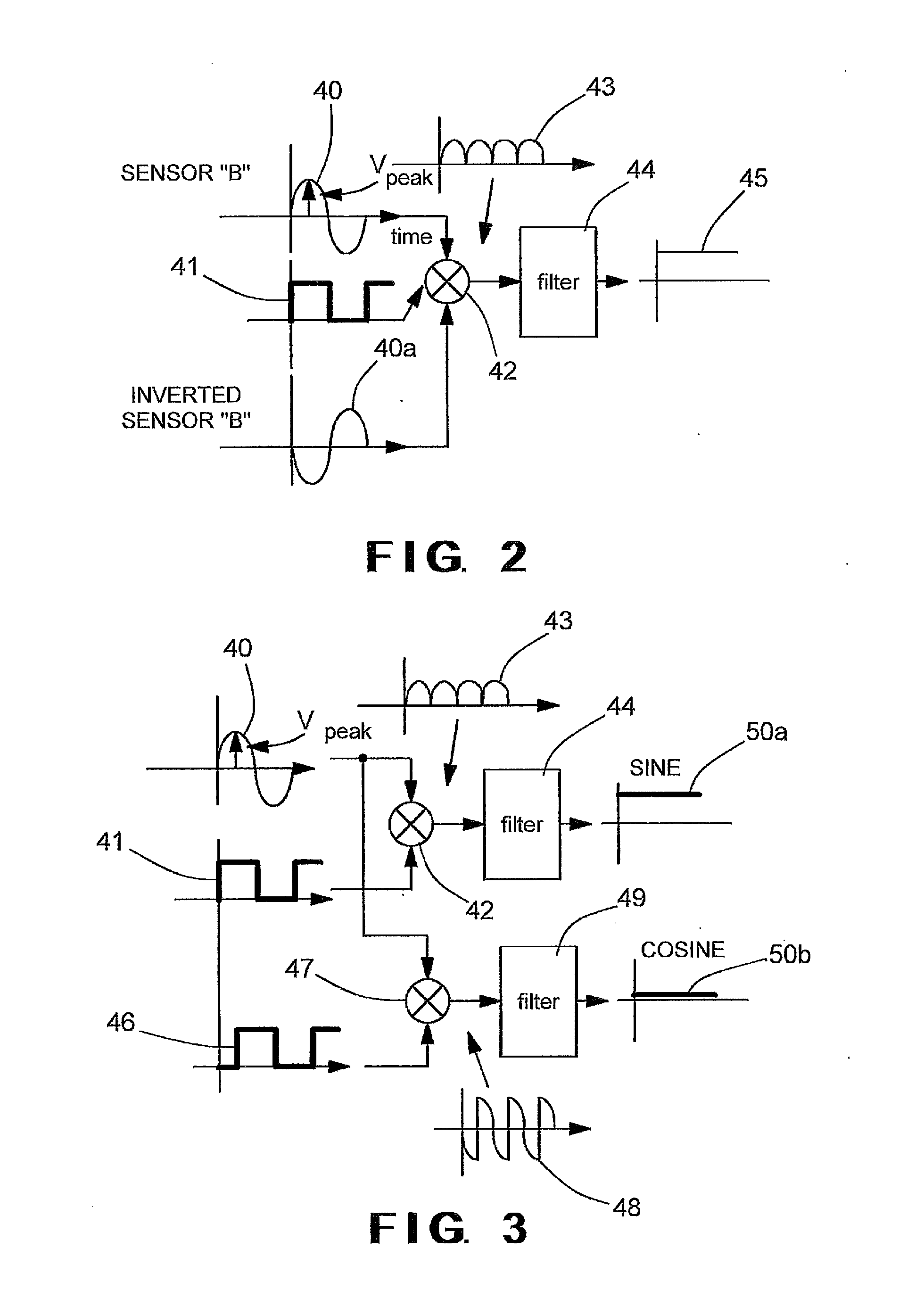Method and apparatus for sensing magnetic radiation through tagging
a technology of magnetic radiation and sensing apparatus, applied in the field of sensing magnetic radiation, can solve problems such as difficulty in monitoring the mixing ratio in a production setting
- Summary
- Abstract
- Description
- Claims
- Application Information
AI Technical Summary
Benefits of technology
Problems solved by technology
Method used
Image
Examples
Embodiment Construction
[0033]The U.S. provisional patent application Ser. No. 61 / 555,614 filed Nov. 4, 2011 and U.S. patent application Ser. No. 13 / 465,537 filed May 7, 2012 are incorporated herein by reference.
[0034]The following detailed description and appended drawings describe and illustrate various exemplary embodiments of the invention. The description and drawings serve to enable one skilled in the art to make and use the invention, and are not intended to limit the scope of the invention in any manner. In respect of the methods disclosed, the steps presented are exemplary in nature, and thus, the order of the steps is not necessary or critical.
[0035]The method and apparatus according to the invention for sensing magnetic radiation in tagged materials provide a solution for detecting problems in materials such as rubber, plastics, liquids, non-magnetic materials, etc. Any material where tagging particles can be added or evenly distributed can then be tested for problems such as deterioration, crac...
PUM
| Property | Measurement | Unit |
|---|---|---|
| physical characteristic | aaaaa | aaaaa |
| magnetic field | aaaaa | aaaaa |
| thickness | aaaaa | aaaaa |
Abstract
Description
Claims
Application Information
 Login to View More
Login to View More - R&D
- Intellectual Property
- Life Sciences
- Materials
- Tech Scout
- Unparalleled Data Quality
- Higher Quality Content
- 60% Fewer Hallucinations
Browse by: Latest US Patents, China's latest patents, Technical Efficacy Thesaurus, Application Domain, Technology Topic, Popular Technical Reports.
© 2025 PatSnap. All rights reserved.Legal|Privacy policy|Modern Slavery Act Transparency Statement|Sitemap|About US| Contact US: help@patsnap.com



